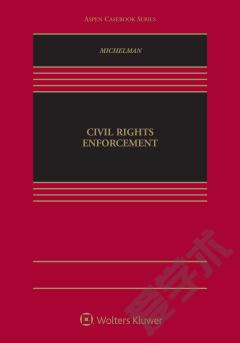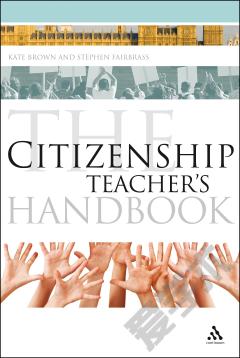Civil Rights Enforcement - Annotated Teacher's Manual
Described as superb and inspiring by Dean Erwin Chemerinsky, Civil Rights Enforcement dives deeply into doctrines concerning the enforcement of civil rights (rather than the content of those rights) and the aspects of those doctrines of most importance to those litigating in the field. The book is organized as a litigator might think through a case, and it provides students rich, detailed hypothetical problems to which they can apply what they are learning. Alongside these practice-focused elements, the books notes, questions, and topic transitions push students to grapple both with (1) strategic questions about impact litigation and the role of civil rights litigation in constitutional enforcement, and (2) theoretical questions such as tradeoffs between the values of federalism and judicial review and the relationship between rights and remedies. Highlights of the First Edition: Detailed hypothetical problems with multi-layered fact patterns, including hypothetical statutes, precedents, and litigation documents based on actual cases Application notes focusing on how civil rights enforcement doctrines work in practice, prominent appeals court decisions, and areas of current controversy among courts of appeals A prologue (and follow-up notes throughout the book) grounding the material in the history of the civil rights movement and raising strategic questions about the practice of impact litigation Commentary and questions that situate the doctrines studied both within their historical context and within broader theoretical debates about the proper role of the federal courts and the gap between rights and remedies Several chapters that cover statutory civil rights enforcement and compare and contrast constitutional and statutory civil rights enforcement Professors and students will benefit from: Organization of the material in the manner a litigator would think through a potential case and a focus on doctrines and issues most relevant to practice Rigorous case editing to highlight the key questions for study and avoid unnecessarily long and sprawling excerpts Notes-and-questions sections structured to proceed from the simplest questions to those challenging students to consider critiques of the doctrine, various justices interpretative choices and methodologies, the incentives created for plaintiffs and defendants, and the relationship to other topics covered Consideration of the real-world implications of the doctrines studied, including frank discussions of race, sexual harassment, and institutional culture Charts and illustrations for a few of the more complex doctrines Consistent focus on doctrines of rights enforcement (as opposed to the content of various rights)—providing the book with a unifying theme and marking out a field of study distinct from Constitutional Law, Criminal Procedure, and Employment Discrimination
{{comment.content}}








 京公网安备 11010802027623号
京公网安备 11010802027623号